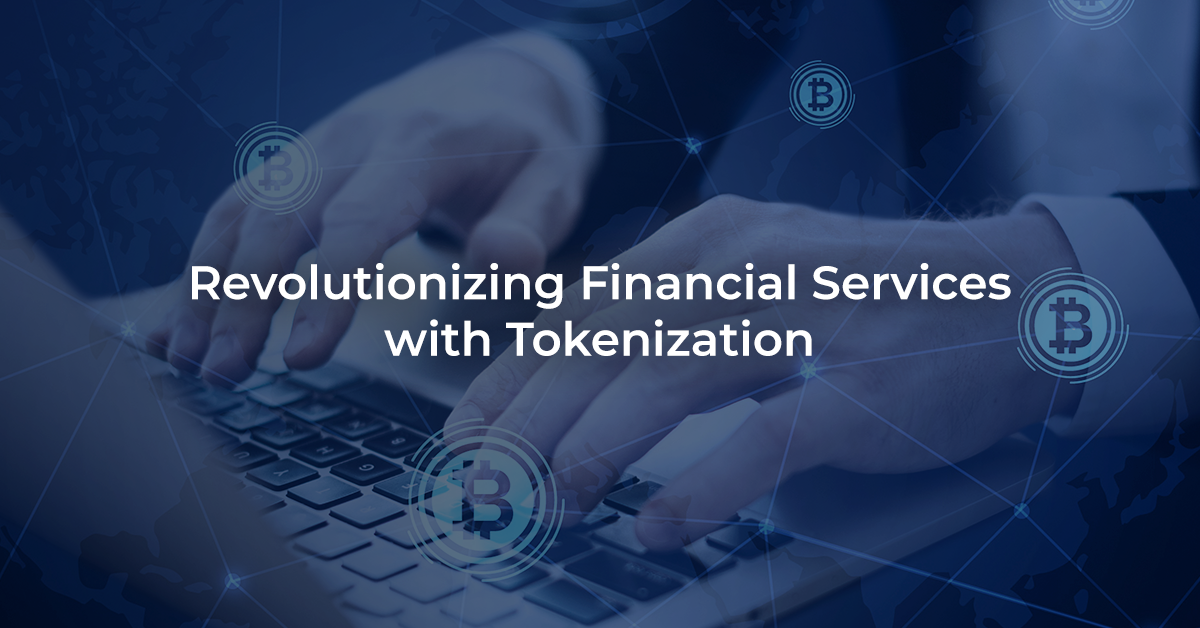
Revolutionizing Financial Services with Tokenization
In today’s digital era, how we perceive and manage assets is evolving rapidly. Tokenization, a transformative concept, holds the potential to revolutionize numerous industries, especially finance. But what exactly is tokenization, and why is it garnering so much attention?
What is Tokenization?
Tokenization involves issuing a digital token on a blockchain to represent a tangible or intangible real-world asset. Essentially, it creates a “digital twin” of something valuable. These tokens can symbolize assets ranging from stocks and bonds to real estate, art, commodities, and intellectual property. By tokenizing assets, new ways of interacting with and managing them emerge, enabling increased efficiency, accessibility, and innovation.
Turning assets into easily divisible and transferable tokens eliminates barriers to access, opening up new markets and expanding the investor base.
How Does Tokenization Work?
The tokenization process comprises several key steps:
- Asset Identification: Identifying the asset to be digitally represented.
- Token Creation: Developing a digital token on a blockchain network, such as Ethereum, with predefined rules and supply governed by smart contracts.
- Token-Asset Link: Establishing a secure and transparent connection between the token and its underlying asset, ensuring their value correspondence.
- Token Management and Trading: Facilitating the transfer, trade, and sale of these tokens across blockchain networks, enabling innovative applications like fractional ownership and expedited transactions.
The Benefits of Tokenization
Tokenization delivers significant advantages for businesses, investors, and financial institutions:
- Liquidity: Traditionally illiquid assets, such as real estate or fine art, can be divided into smaller, more accessible fractions, increasing market liquidity.
- Efficiency: Blockchain automation and smart contracts ensure faster, transparent, and cost-effective transactions.
- Fractional Ownership: Tokenization democratizes investments, allowing even small-scale investors to participate in high-value assets.
- Transparency: Blockchain’s inherent traceability provides unparalleled insight into transaction histories.
- Cost Reduction: Automation minimizes transaction costs.
- New Market Opportunities: Previously inaccessible markets, like private equity and collectibles, become available to a broader audience.
Tokenization in Financial Services
The financial sector is particularly poised to benefit from tokenization. Banks, asset managers, and financial institutions are exploring the digitization of assets like bank deposits, securities, and commodities. Key use cases include:
- Faster Settlement: Reducing settlement cycles from days to near real-time, cutting operational costs and risks.
- Enhanced Collateral Management: Enabling more flexible and transparent use of tokenized assets as collateral.
- Seamless Cross-Border Payments: Accelerating and reducing the cost of international transactions.
- Multi-Party Trade Finance: Simplifying and expediting trade finance while mitigating risks.
- Innovative Products: Facilitating the development of novel financial services, such as fractionalized ownership and tailored investment strategies.
Real-World Applications
Prominent organizations are already leveraging tokenization:
- European Investment Bank (EIB): Issued a digital bond on the Ethereum blockchain, showcasing tokenized financial instruments.
- BBVA: Utilizing Visa’s Tokenized Asset Platform for Ethereum-based tokens, with pilot projects slated for 2025.
- JPMorgan Chase: Introduced platforms like Kinexys for near real-time FX transactions and JPM Coin for digital payments.
- Santander UK: Streamlined financial operations through tokenization in card payments and real-time transfers.
- Goldman Sachs: Enhanced tokenization infrastructure via its Digital Asset Platform (GS DAP).
The Road Ahead
Tokenization’s growth is fueled by technological advancements and increasing regulatory awareness. However, challenges remain:
- Regulatory Clarity: The absence of well-defined regulations hinders widespread adoption.
- Security Risks: Robust measures are essential to mitigate fraud and cyber threats.
- Technological Maturity: Blockchain technology requires further refinement to ensure scalability and interoperability.
- Legacy System Integration: Transitioning to tokenized systems demands significant operational changes.
Despite these challenges, tokenization’s benefits suggest a future where digital assets become central to financial ecosystems.
Conclusion
Tokenization is not merely a trend but a paradigm shift in how we interact with value. By representing real-world assets as digital tokens, it unlocks opportunities for efficiency, accessibility, and innovation. As technology evolves and regulations solidify, tokenization will play a pivotal role in shaping an interconnected global economy. The journey is just beginning, but its impact promises to be profound.
Ahmet Vefik Dinçer, CEO
